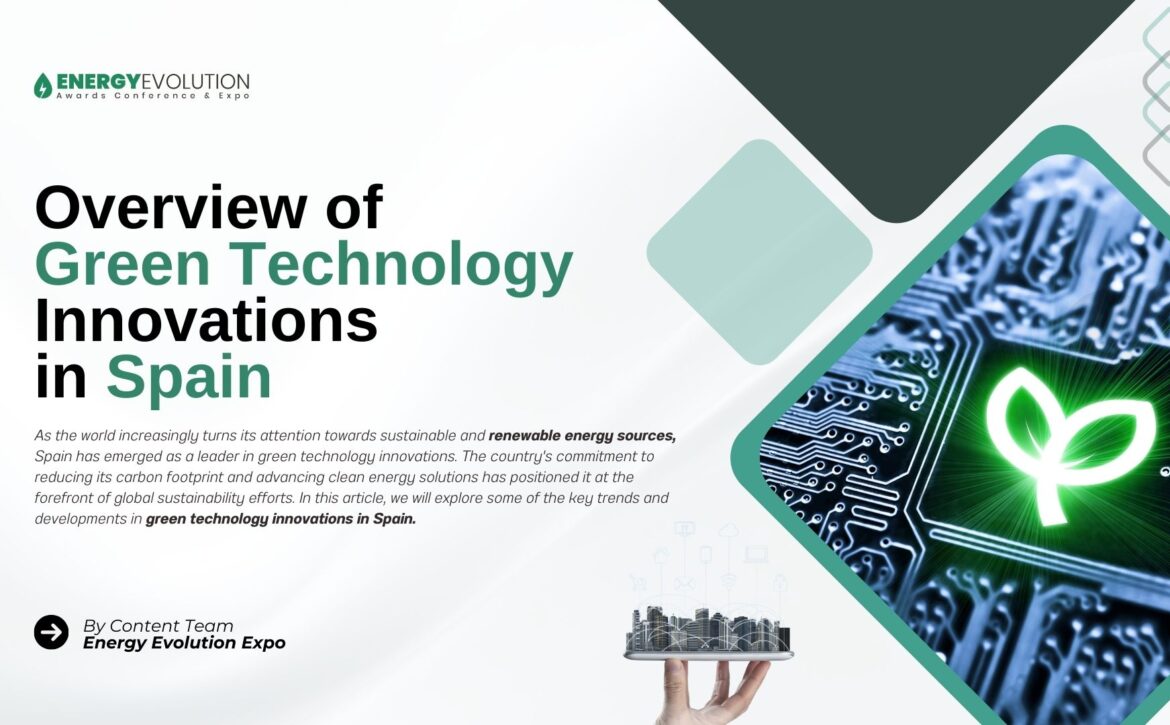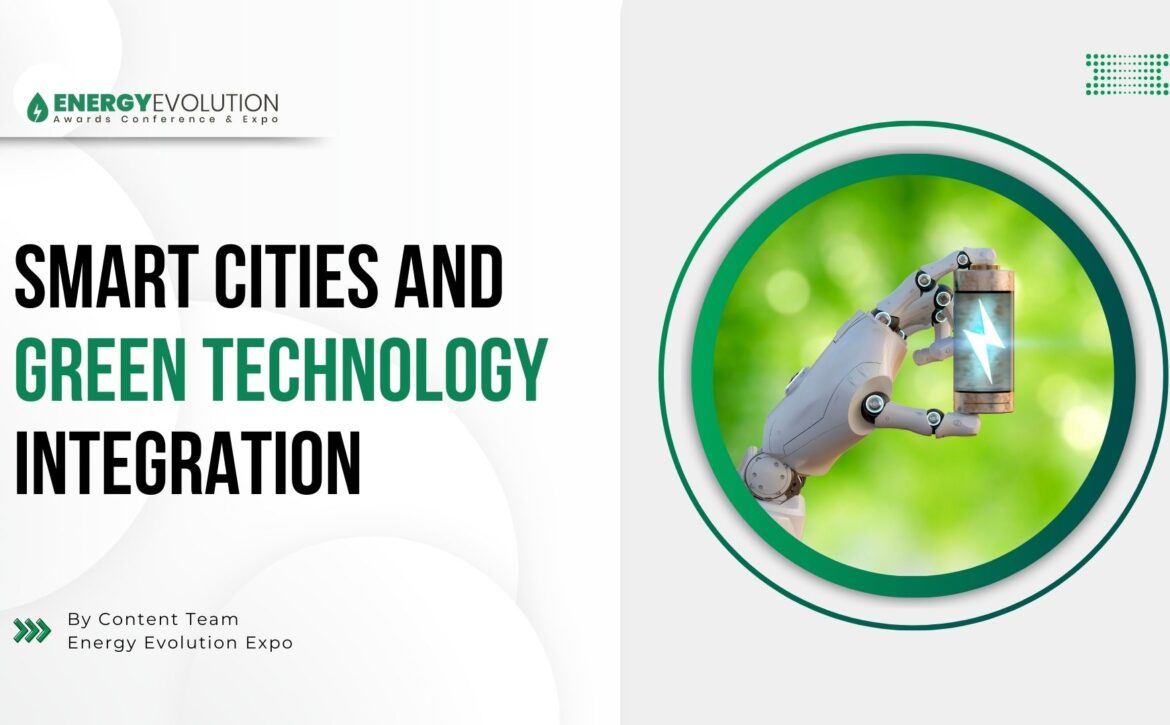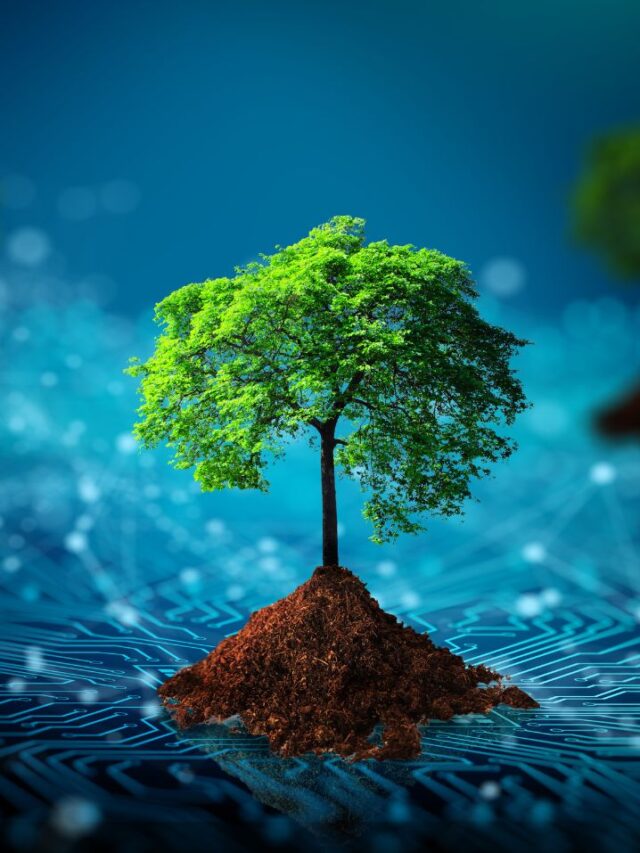Overview of Green Technology Innovations in Spain
As the world shifts towards more sustainable energy solutions, Spain has emerged as a leader in green technology innovations. Recent trends on Google have shown a surge in interest in the developments within this sector, highlighting Spain’s commitment to renewable energy, energy storage, and climate change mitigation. This article explores the latest advancements and their implications for the global energy landscape.
Renewable Energy Technologies
Spain has been at the forefront of renewable energy technologies, particularly in solar and wind power. The country is home to some of the largest solar farms in Europe, leveraging its ample sunshine to generate clean energy. Solar photovoltaic (PV) technology has seen significant advancements, with increased efficiency and reduced costs making it a viable alternative to traditional energy sources.
Wind power is another area where Spain excels. The country has numerous wind farms, both onshore and offshore, that contribute significantly to its energy mix. Innovations in wind turbine design and efficiency have further bolstered Spain’s position as a leader in renewable energy.
Energy Storage Solutions
Energy storage is a critical component of the transition to renewable energy. Spain is investing heavily in battery storage technologies to ensure a stable supply of energy, even when renewable sources are not generating power. Advancements in lithium-ion batteries and other storage solutions are making it possible to store excess energy produced during peak generation periods for use during times of high demand.
Innovative projects, such as the use of pumped hydro storage and compressed air energy storage, are also being explored. These technologies offer long-term storage solutions that can help balance the grid and ensure energy security.
Sustainable Transportation
The transportation sector is a significant contributor to greenhouse gas emissions. Spain is addressing this by promoting electric vehicles (EVs) and investing in charging infrastructure. The country has seen a rise in the number of EVs on its roads, supported by government incentives and the growing availability of charging stations.
Additionally, Spain is investing in hydrogen fuel cell technology as a potential long-term solution for heavy-duty vehicles and public transportation. Hydrogen-powered buses and trucks are being tested in various cities, showcasing the potential for zero-emission transportation.
Climate Change Mitigation
Spain’s commitment to climate change mitigation is evident in its ambitious targets for reducing greenhouse gas emissions. The country aims to achieve net-zero emissions by 2050, with interim targets for reducing emissions by 2030. These goals are being supported by policies that promote energy efficiency, renewable energy adoption, and sustainable practices across various sectors.
The Energy Evolution Expo
For those interested in learning more about these innovations and the broader energy landscape, the Energy Evolution Expo is an event not to be missed. Scheduled to take place in Madrid, Spain, from March 13 to 15, 2025, this expo aims to serve as a pivotal platform for the renewable and sustainable energy sector. It will bring together various stakeholders, including startups, small and medium enterprises (SMEs), technology providers, and investors, to foster collaboration and innovation.
The expo will feature discussions on renewable energy technologies, energy storage solutions, sustainable transportation, and climate change mitigation. With over 2000 attendees expected, it will provide ample networking opportunities among professionals, entrepreneurs, and thought leaders in the energy sector.
Additionally, the Energy Evolution Expo will also take place in Dubai in November 2025, offering a global perspective on energy innovations and solutions. Organized by Next Business Media, these events promise to be enriching experiences for anyone interested in the future of energy.
In conclusion, Spain’s advancements in green technology are setting a benchmark for the world. From renewable energy technologies to sustainable transportation and climate change mitigation, the country is leading the way in creating a more sustainable future. Events like the Energy Evolution Expo provide a unique opportunity to engage with these innovations and contribute to the global energy evolution.





